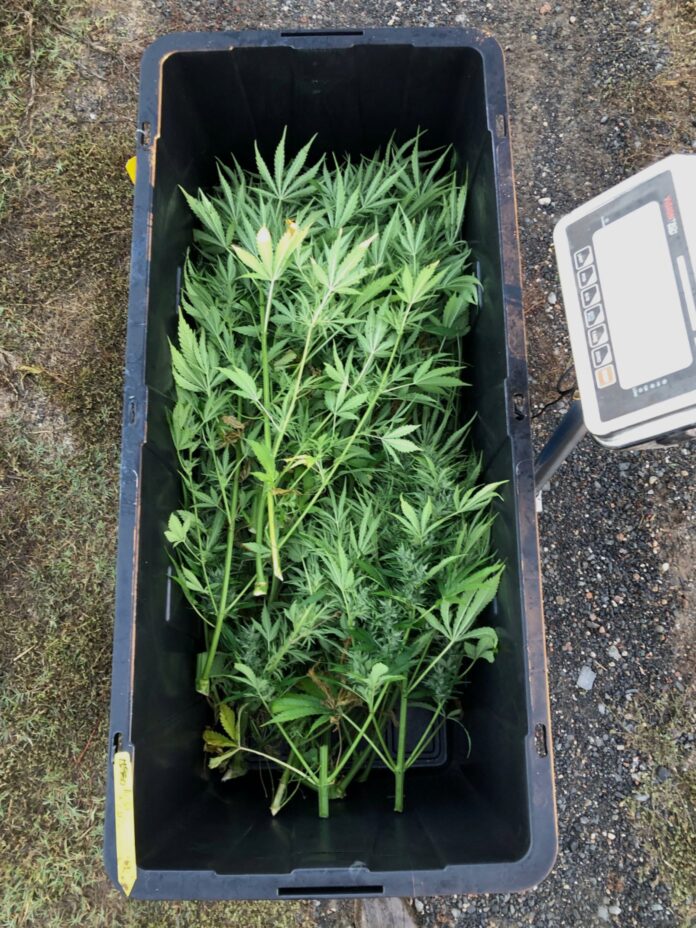Researchers have developed a standardized vocabulary to describe the aromas of cannabis and hemp, a significant step toward improving quality assessment in a rapidly evolving industry. This move aims to move beyond simple potency-based judgments and provide consumers, retailers, and growers with a shared understanding of sensory qualities.
The Need for a Common Language
For too long, the cannabis industry has relied heavily on THC concentration as a primary indicator of quality. However, this approach overlooks the crucial role aroma plays in consumer perception and can even contribute to negative health outcomes associated with high-potency products. As Tom Shellhammer, professor of food science at Oregon State University, explains, “This research lays the groundwork for a shared vocabulary that benefits consumers, retailers and growers.”
The industry’s historical focus on THC mirrors past practices in other sectors, such as the post-Prohibition fortification of wines with alcohol or the early high-alcohol IPAs. As those industries matured, aroma and ingredient origin became central to quality assessment, and cannabis is now poised for a similar shift.
How the Study Was Conducted
The research involved a panel of 24 sensory evaluators (ages 21–70, split evenly between genders) with experience in food and beverage analysis. Participants assessed aroma profiles of both hemp (THC ≤ 0.3%) and cannabis samples in controlled environments. Cannabis evaluation was conducted at a licensed dispensary to ensure legal compliance.
Researchers built upon existing data from the 2018–2020 Portland Cultivation Classic cannabis competitions, refining a lexicon of 25 descriptive aroma terms. The study deliberately focused on the aroma of the raw plant material, excluding the effects of smoking or vaporizing.
Key Findings: Overlapping Profiles, Distinct Categories
The study revealed significant overlap in sensory profiles between hemp and cannabis, though cannabis samples were more frequently described as skunky, musty, or animalic, while hemp tended toward citrus, fruity, or candy-like aromas.
Four distinct aroma profiles emerged:
- Fruit, berry, candy: Predominantly associated with hemp.
- Citrus and chemical: Also common in hemp.
- Cheesy and vomit/fecal: A less common, but notable profile.
- Funky, earthy, musty, straw, fuel, black tea, woody and nutty/toasted: Most often linked to cannabis.
Researchers also found that neither terpenes nor volatile sulfur compounds reliably predicted sensory perception. This challenges the common industry assumption that specific aromas are directly tied to specific terpene profiles.
Implications for a Maturing Industry
As the cannabis industry transitions into legal frameworks, a more nuanced approach to quality assessment is essential. Focusing on aroma provides consumers with tools beyond THC and terpene content. Shellhammer concludes, “This work begins to lay the foundation for that.”
The development of a standardized aroma language will not only improve consumer experiences but also facilitate more informed regulations and quality control measures. By shifting the focus toward sensory perception, the cannabis industry can align itself with established practices in other mature sectors, prioritizing aroma and ingredient origin alongside potency


































